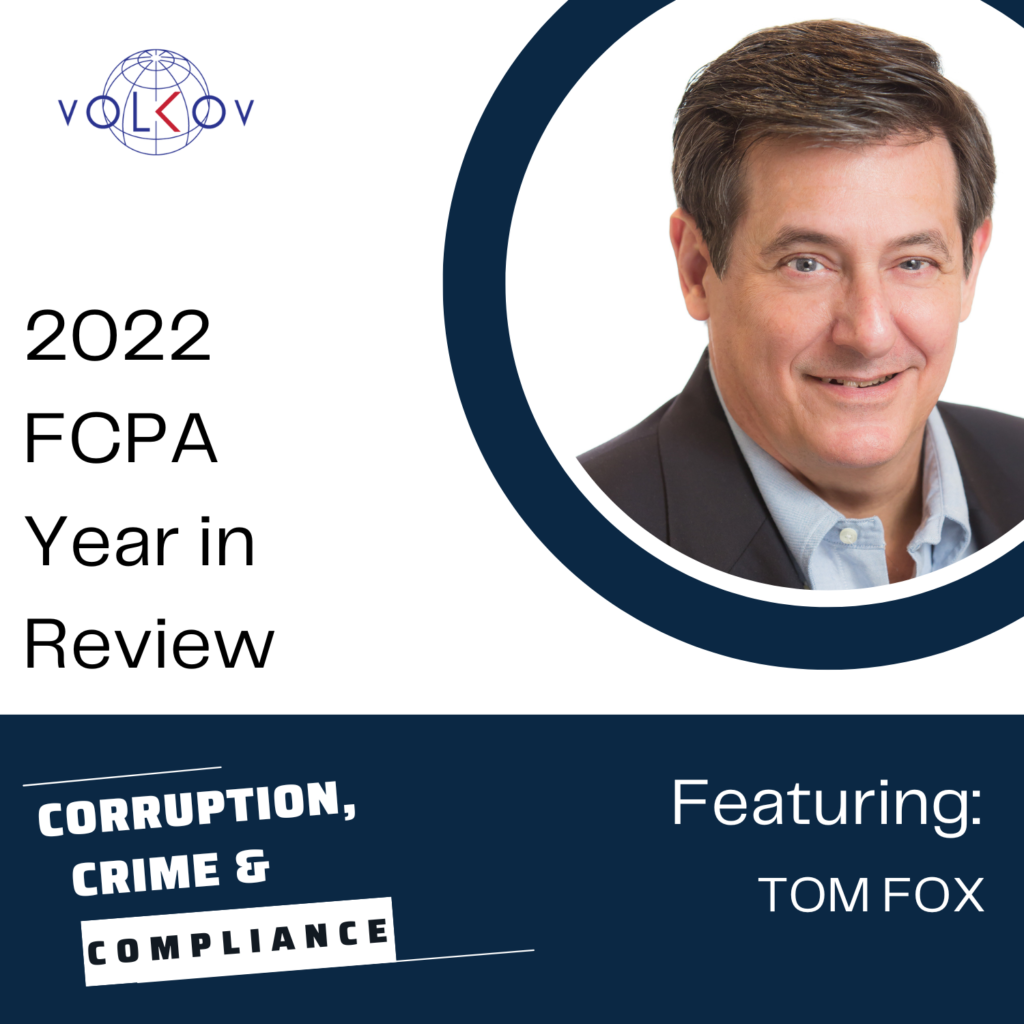The call, email, or tip comes into your office; an employee reports suspicious activity across the globe. That activity might well turn into an FCPA issue for your company. As the CCO, it will be up to you to begin the process, which will determine, in many instances, how the company will respond going forward. This is more than simply maintaining hotlines. Companies have to make real efforts to listen to employees. You need to have managers trained on handling employee concerns; they must be incentivized to take on this compliance responsibility, and you must devote communications resources to reinforcing the company’s culture and values to create an environment and expectation that managers will raise employee concerns. The Monaco Memo’s emphasis on internally detecting such actions and self-reporting makes this more important.
The reason is that a business’s employees are the company’s best source of information about what is going on in the company. It is certainly a best practice for a company to listen to its employees, particularly to help improve its processes and procedures. But more than listening to its employees, a company should provide a safe and secure route for employees to escalate their concerns. This is the underlying rationale behind an anonymous reporting system within any organization. Both the U.S. Sentencing Guidelines and the Organization of Economic Cooperation and Development (OECD) Good Practices list as one of their components an anonymous reporting mechanism by which employees can report compliance and ethics violations. Of course, the Dodd-Frank Whistleblower provisions also heed the implementation of a hotline.
Given the number of ways that information about violations or potential violations can be communicated to government regulators, a robust triage system is an important way for a company to determine what resources to bring to bear on a compliance problem.
Jonathan Marks has articulated a five-stage triage process that allows for an early assessment of any allegations and a manner to think through your investigative approach. Marks cautions you must have an experienced investigator or other seasoned professional making these determinations, if not a more well-rounded group or committee. Next, consider the types of evidence to review going forward. Finally, before selecting a triage solution, understand what tools are available, including forensic and human, to complete the investigation.
Three key takeaways:
1. The DOJ and SEC put special emphasis on internal reporting lines.
2. Test your hotline regularly to make sure it is working.
3. Every claim should be triaged before starting an investigation.






